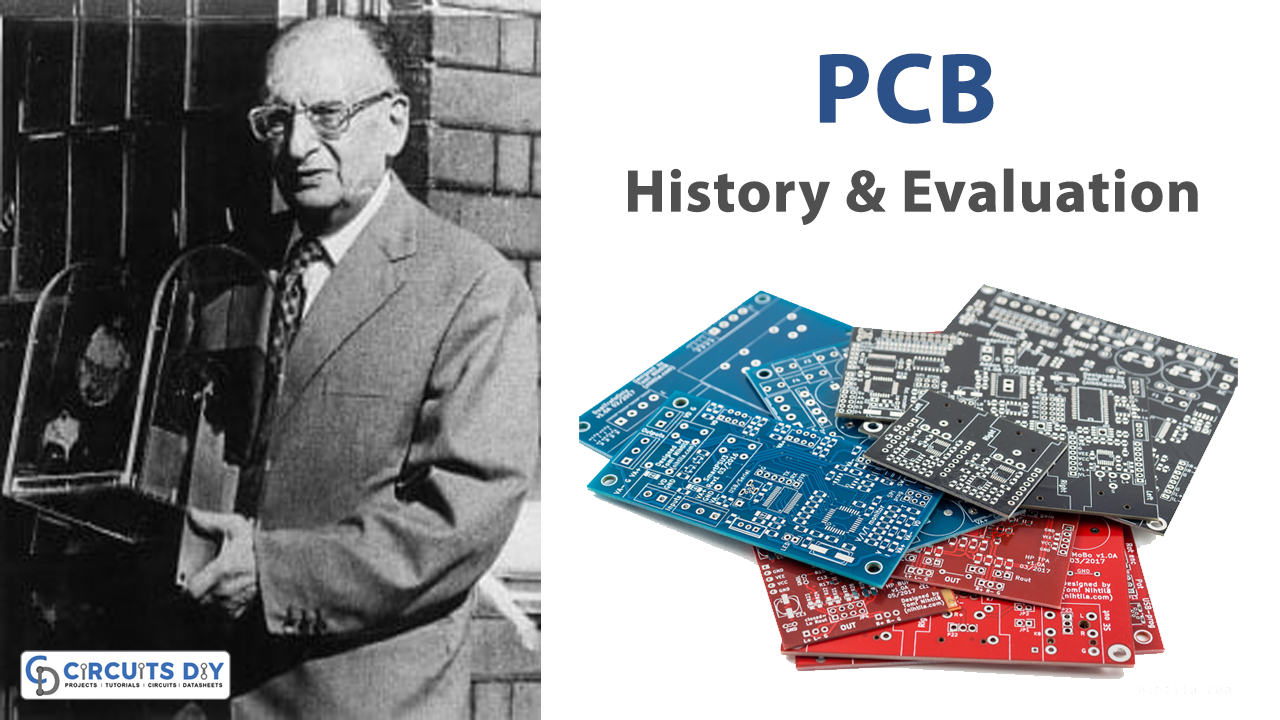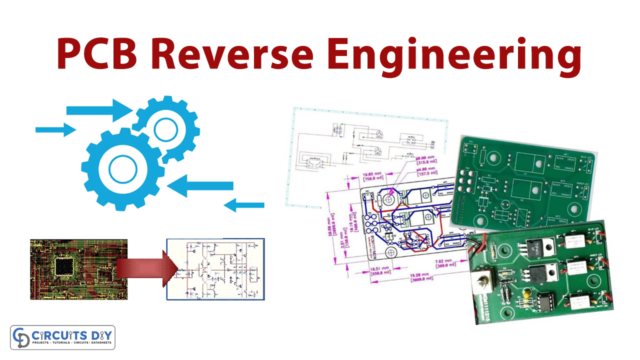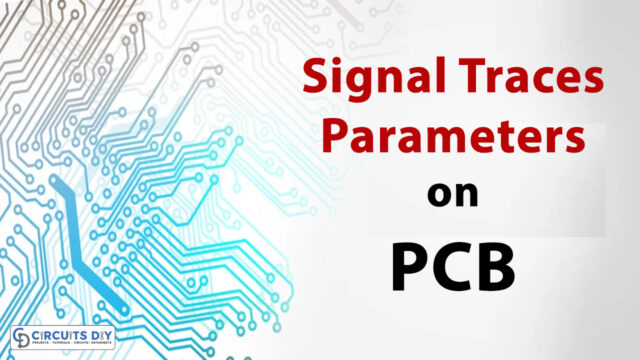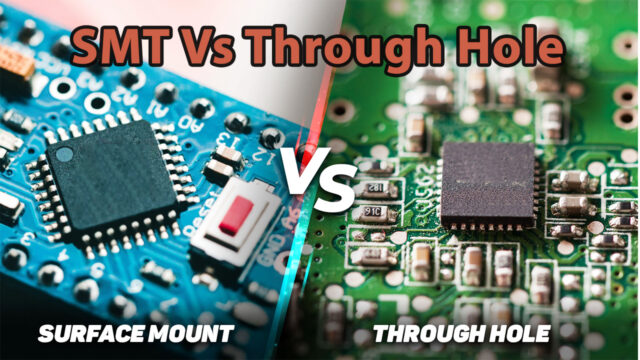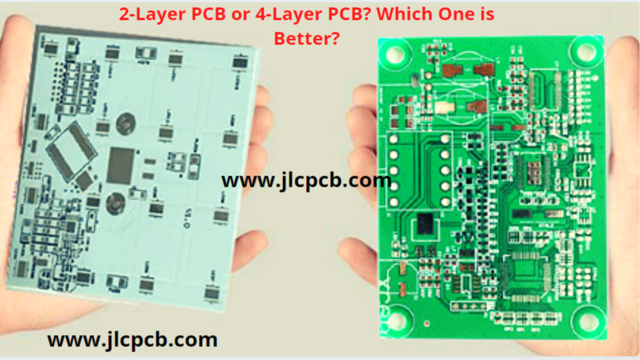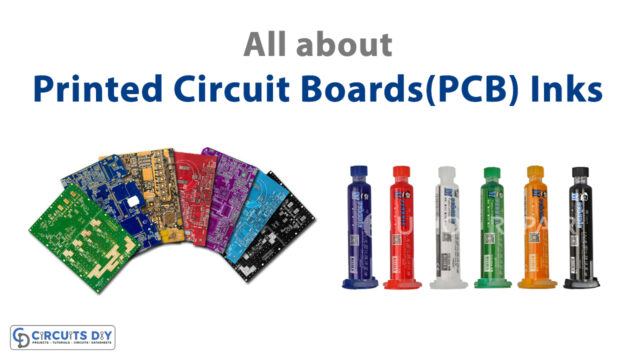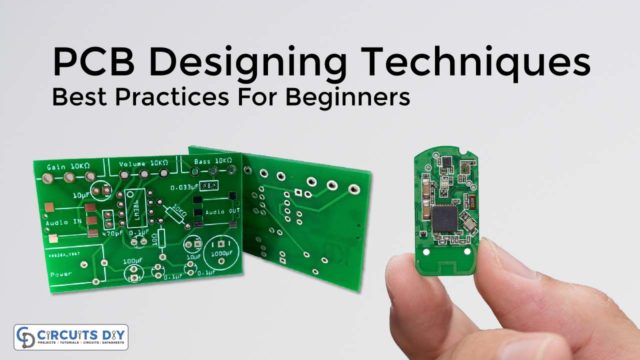Brief Introduction to PCB
Before knowing the history of the PCB Board, we must take a look at the PCB. What is PCB? Printed circuit boards are widely used for electronic devices. For the implementation of design circuits, it is essential for the designer to choose the circuit board. So, to make the circuit secure and efficient, the designer uses printed circuit boards.
History of PCB Board

The history of the PCB Board and its evolvement is described below
Before Invention: End-to-end construction or point-to-point formation was common before the invention of the printed circuit board. However, it was not effective and very unreliable. To make the circuits more efficient, designers took the idea of making PCB board
Concept: In the 1920s designers uses baseline or old thin pieces of wood. Also, holes were drilled into the material. And flat brass wires were utilized onto it. At that time, it was used in Gramophones and radios.
The invention of the Printed Circuit Board: The first PCB was developed in 1936 by Austrian designer Paul Eisler. Certainly, it was designed to operate radio systems. Meanwhile, the United States military took this method. After that utilized this in proximity fuses in world war two. In 1948 this printed wiring board started to evolve.
Evolution in the History of PCB Board:
In 1943, Eisler developed a more intelligent design of the PCB. It involves the etching of circuits onto the copper foil. In the 1950s when the transistor got introduced into the market. Since the translator have small in size so PCB needed more improvement. Therefore, in the 1950s and 1960s, PCB gets evolved into a double layer. It’s Having electronic components on one layer and printing on the other side. To prevent boards from degradation, zinc plates, and resistant material got introduced. In the 1960s printed circuit boards are wrongly associated with the harmful chemical polychlorinated biphenyl.
To clarify, PCB is renamed as PWB, which is a Printed, wiring board. Afterward, a new standard method for manufacturing was discovered. Now, the photo-imageable polymer coating is applied directly to circuits. In the 1980s, surface mount technology was discovered. Before that technology components were soldered into the holes. On the other hand, in SMT components were soldered directly into small pads. Without the need for holes. It gets more popular as this technology is more reliable and has a low cost. In the 1990s the size of PCB gets reduced. As a result, it increases reliability. In the 2000s it becomes smaller. Flexible and multilayer become more prominent. Most electronic devices used this for high speed.

PCB Today:
Today PCBs is largely used in the electronic industry. Single-layer, double-layer, multi-layer, rigid, flexible. Every kind of different PCB is used for different purposes. PCBs are now evolving and growing day by day.

Future of Printed Circuit Board
Even the PCBs are evolved a lot. But there is always a space for growth in technology. Many new technological devices need more speed and reliability. For example, 3D printers and other manufacturing devices required more speed. So, maybe will evolve more in the future for more reliability.


